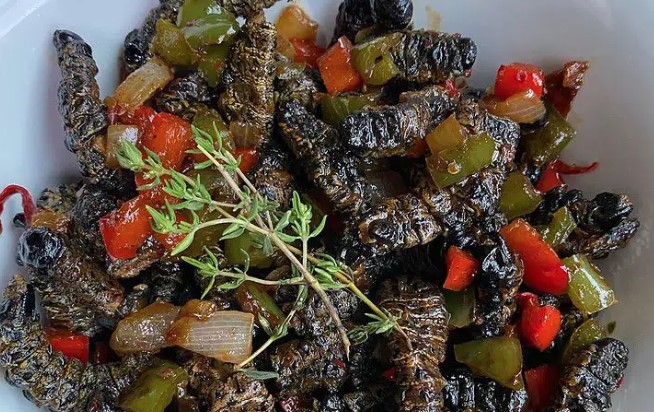Introduction: Understanding Zambian Cuisine
Zambian cuisine is a unique blend of indigenous ingredients and cooking techniques influenced by neighboring countries. It is rich in flavors, textures, and aromas that reflect the country’s diverse cultures. The staple foods in Zambian cuisine include maize, cassava, sorghum, and yams, which are often prepared using traditional cooking methods. The country’s abundant natural resources, including freshwater fish, game meat, and vegetables, have also contributed to the development of the country’s diverse culinary landscape.
Cooking Techniques: The Backbone of Zambian Cuisine
Cooking techniques are essential in Zambian cuisine. They play a significant role in the preparation and presentation of the dishes. Some of the traditional cooking techniques used include roasting, baking, stewing, boiling, and frying. Roasting involves cooking food over an open fire or hot coals. It is commonly used to prepare meat and vegetables. Baking is another popular technique used to prepare bread, cakes, and other baked goods. Stewing is a slow cooking method that involves simmering meat or vegetables in a liquid until they are tender. Boiling is used to cook vegetables, grains, and pasta. Frying is a common technique used to cook meat and vegetables in hot oil.
The Importance of Indigenous Ingredients in Zambian Cuisine
Indigenous ingredients are the backbone of Zambian cuisine. They are grown and harvested locally and are an essential part of the country’s culinary heritage. Some of the traditional ingredients used in Zambian cuisine include mealie meal, cassava, kapenta fish, pumpkin leaves, and groundnuts. These ingredients are used to prepare traditional dishes such as nshima, a type of maize porridge, and chikanda, a type of root vegetable cake. The use of indigenous ingredients is also important in promoting local agriculture and supporting small-scale farmers.
Traditional Cooking Methods: Techniques Passed Down from Generations
Traditional cooking methods in Zambia have been passed down from generation to generation. They are an important part of the country’s cultural heritage and are used to prepare dishes that have been enjoyed for centuries. These methods include using a three-legged pot, which is placed over an open fire to cook stews and soups. Another traditional method is using a mortar and pestle to grind ingredients such as peanuts, maize, and cassava into a fine powder. This powder is then used to make nshima, a staple food in Zambia.
Common Zambian Dishes Prepared Using Traditional Cooking Methods
Zambian cuisine is known for its diverse range of dishes, which are often prepared using traditional cooking methods. One of the most popular dishes is nshima, which is made from maize meal and is often served with a stew or relish. Another popular dish is kapenta, which is a small freshwater fish that is dried and then fried. Other traditional dishes include chikanda, a type of root vegetable cake, and ifisashi, a stew made with groundnuts and pumpkin leaves.
Conclusion: Celebrating Zambian Cuisine Through Traditional Cooking Techniques
Traditional cooking techniques are an essential part of Zambian cuisine. They have been used for generations to prepare dishes that reflect the country’s diverse cultures and natural resources. By celebrating these techniques and using indigenous ingredients, Zambian cuisine can continue to thrive and evolve, while also promoting local agriculture and supporting small-scale farmers.

